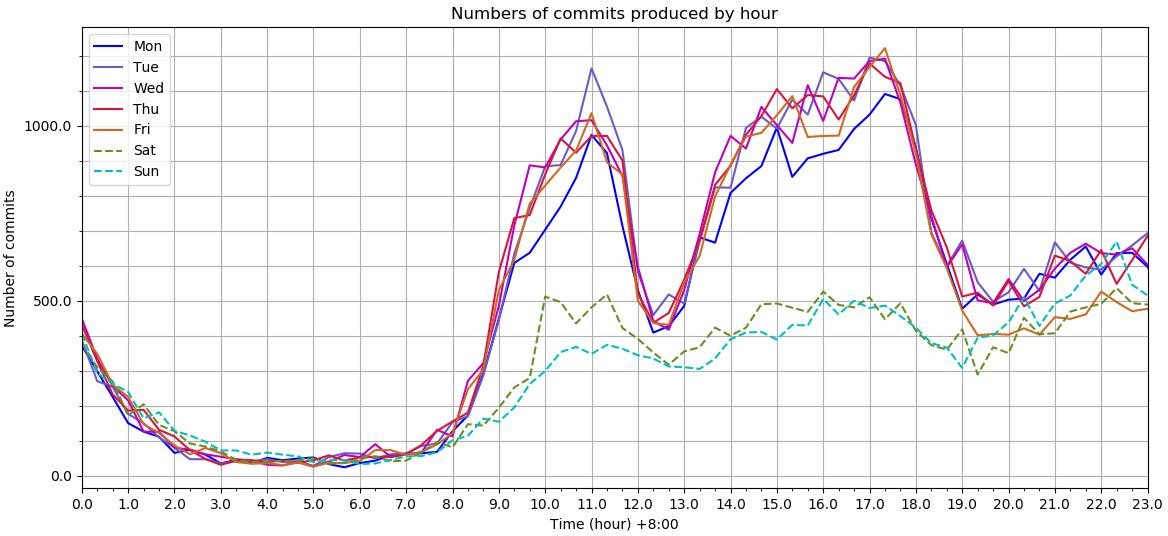In 2014 we published a study on paid vs. volunteer work in open source, using a representative sample of open source projects from 2008 (i.e. before GitHub). In 2008, open source activity was decidedly Western, with little contributions from China. In 2017, I finally found a student to redo the analysis for China. More specifically, the student was to use what we had identified as the most popular Chinese language code hosting platform and perform the same analysis we had done years earlier. In this sequence of blog posts, I’ll present some of his results. The full thesis can be found on my research group’s blog.
The analysis is based on data from Gitee, a Chinese-language code hosting platform hosted in China, and one of the leading platforms. A first interesting piece of data is that despite its decidedly Chinese focus, 22.4% of all committers to Gitee projects work overseas. They may well be Chinese (at least they are capable of reading and writing Chinese), and I find this number surprisingly large, but we don’t know more than that.
Most interestingly, but perhaps not surprisingly, the weekly work pattern on Gitee is similar to the one in the Western world. The following figure displays this work rhythm. As we can see, work intensity is highest Monday to Friday during regular working hours, similar to Western work patterns.

Weixin Wang, the author of the Master thesis notes, however, that the drop in work activity around lunch time is much more pronounced in China than it is in the rest of the world. He suggests that China has a stronger food and socializing around food culture than the (averaged) rest of the world.
Using the conservative classification that paid work is work performed 9am to 5pm on weekdays, and the rest is volunteer work, the split is almost identical to the one of the Western world (half / half):
| Paid | Volunteer | |
|---|---|---|
| Number of Commits | 2.6M | 3.0M |
| Percentage of total | 46.2% | 53.8% |
The time-frame of analysis on Gitee is 2006-2016, while the time-frame of our original analysis was mostly 2000-2008. Similar patterns emerged, but they seem to be stable over time, so we cannot easily derive how many years China is behind the Western world in terms of open source uptake.
Next up: Paid vs. Volunteer Open Source Work in China (Developers)
Data and figures were taken from Weixin Wang’s Master thesis, which is licensed under the Creative Commons BY 4.0 international license. I would like to thank my student for his work.









Leave a Reply